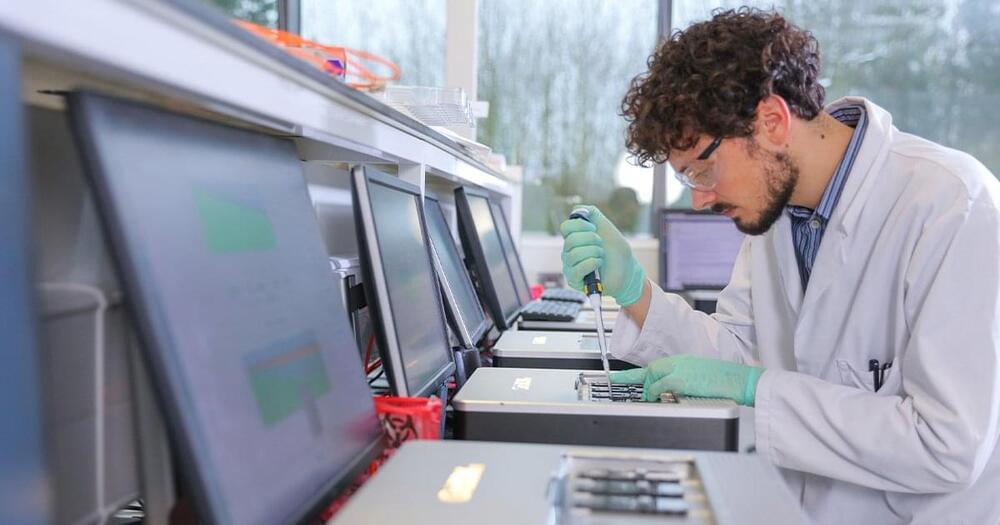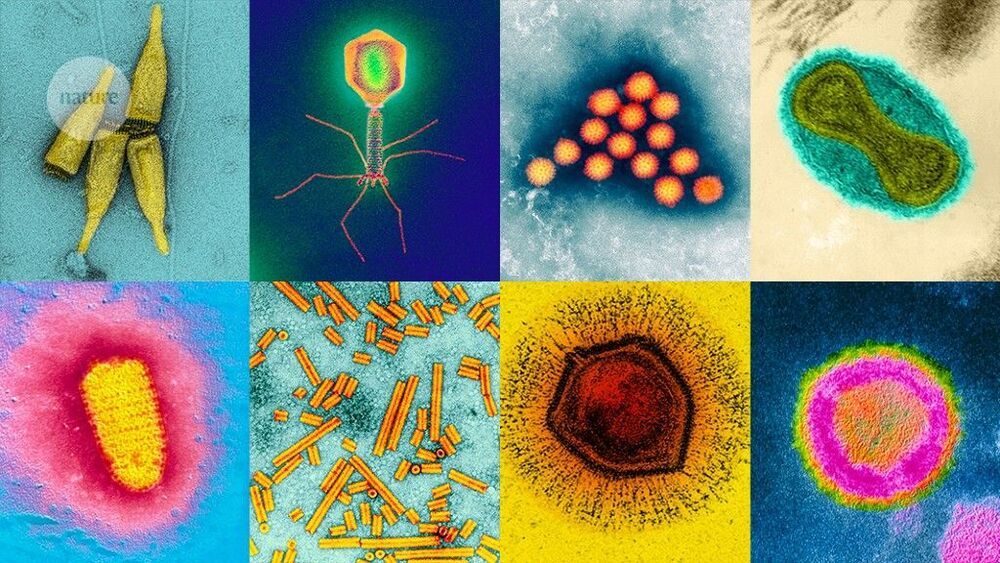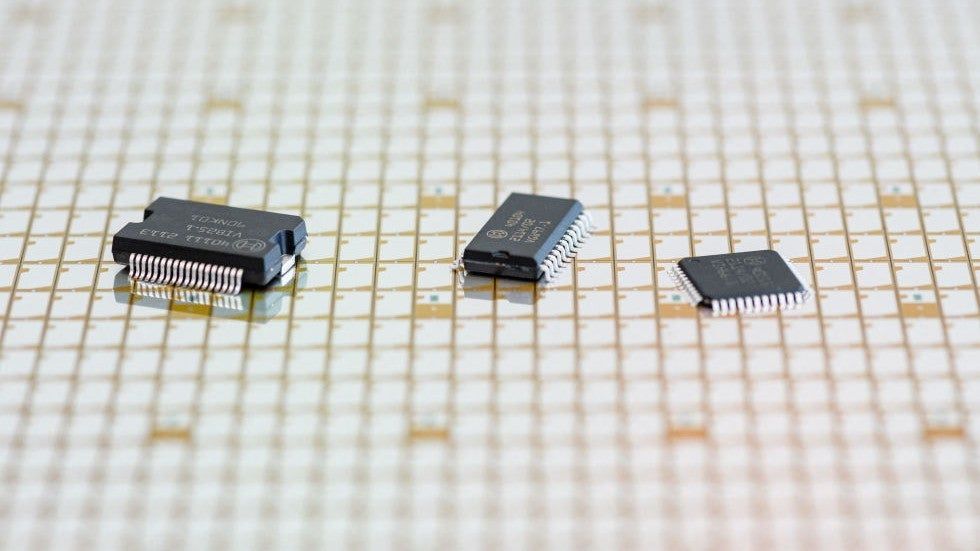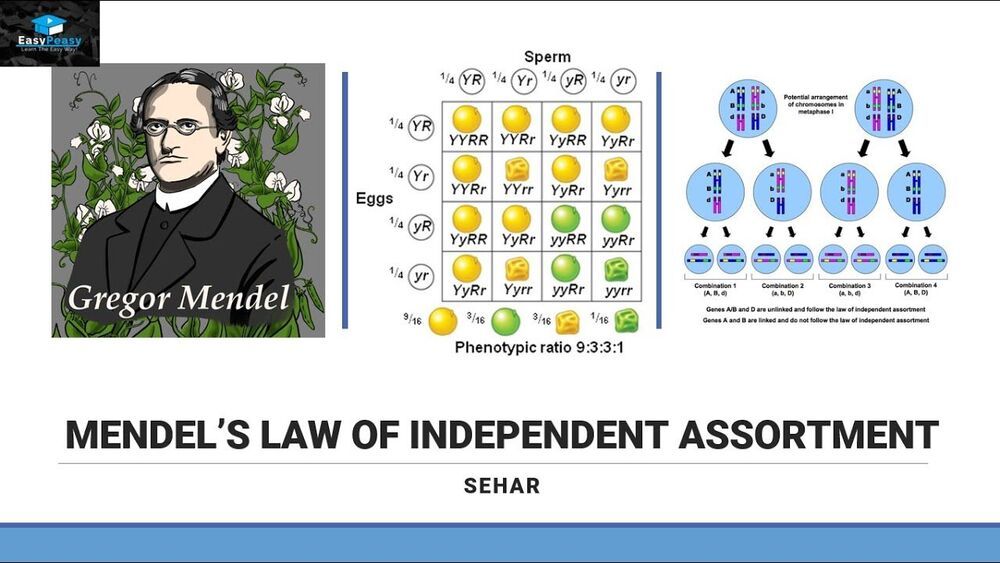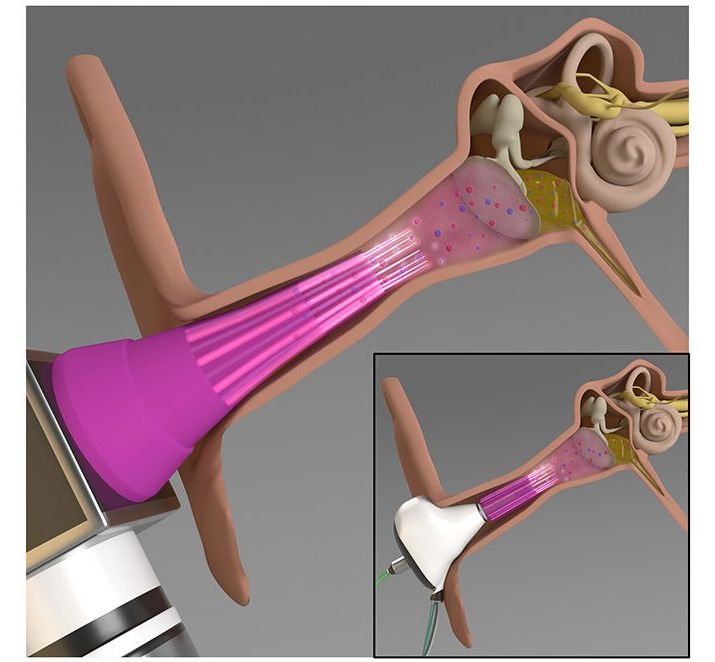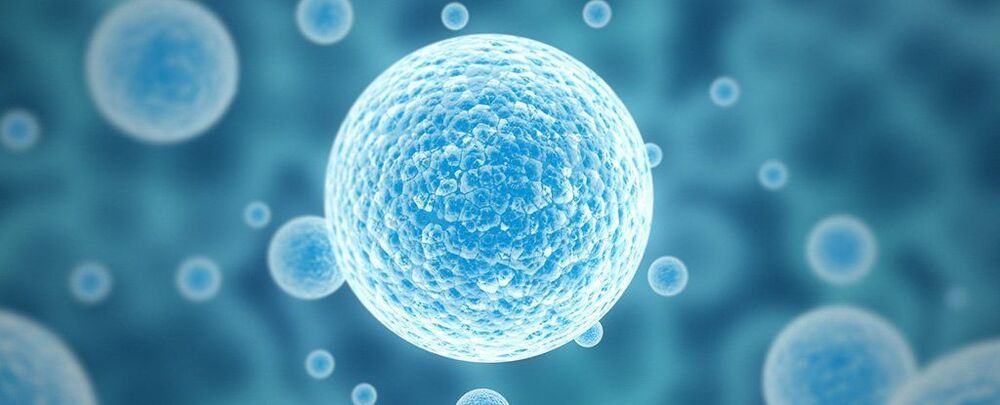Researchers have finally sequenced the complete human genome, filling the gaps in the Human Genome Project’s (HGP) historic first draft.
“Having been part of the original Human Genome Project in 2001, and especially focused on the difficult regions, it’s really satisfying for me to see this done even though it took 20 years,” researcher Evan Eichler, a genome scientist from the University of Washington in Seattle, told New Scientist.
The human genome: A genome is like a genetic instruction manual — it contains all the information an organism needs to grow and function. The human genome is written in DNA, and while your exact genome is unique to you, about 99.9% of it is identical across all people.
